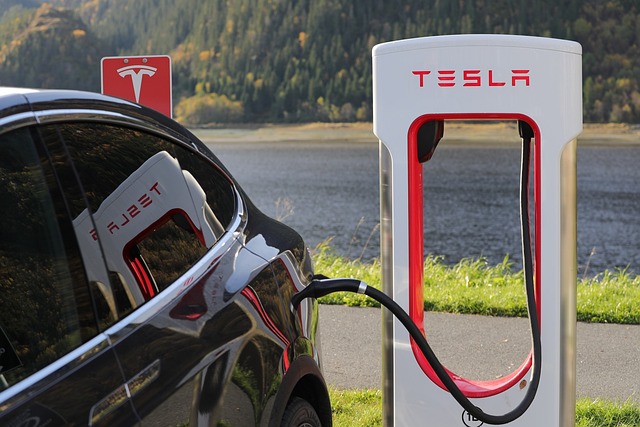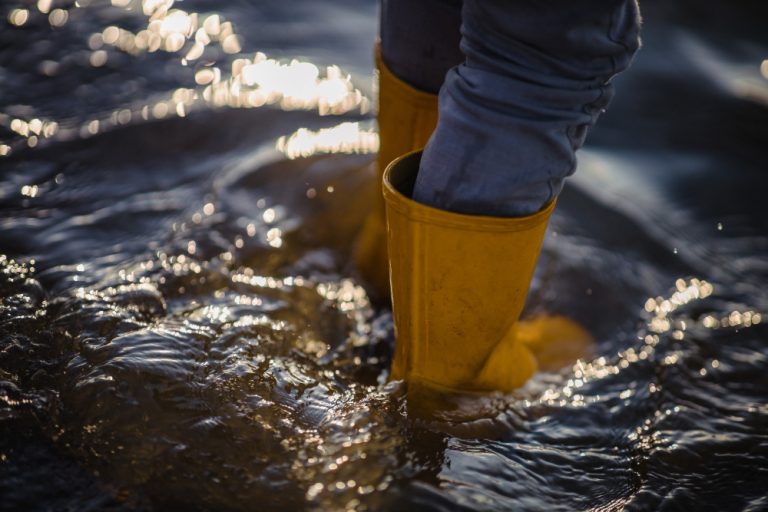Underground oil tanks can pose environmental risks due to leaking, rust, and other forms of deterioration. Contamination of soil and water by petroleum products poses a major health hazard, as well as the risk of explosion or fire.
If you own an underground oil tank, you know the risks – leakages, explosions, and other environmental hazards that can occur. But how much do you really know about the possible dangers linked to the use of this type of storage tank? In this blog post, we’ll take a deep dive into the often-unknown consequences of underground oil tanks, from their potential to contaminate soil and groundwater, to the potential health risks they can pose. You’ll come away with a better understanding of this type of storage tank, and how to minimize or avoid the risks associated with it. So, without further ado, let’s begin our exploration of the environmental risks tied to underground oil tanks.
Introduction to Underground Oil Tanks
Underground oil tanks are a storage solution that has been around for many years and still used in residential and commercial settings today, especially in rural or agricultural areas. On the surface, this solution is simple, inexpensive, and often out of view – hence the appeal.
However, there are a number of potential environmental risks associated with underground oil tanks. While the capacity to safely monitor these tanks can be cost-prohibitive, it’s important to consider both sides when determining if an underground tank is an appropriate solution. On the one hand, these tanks are concealed and out of sight; on the other hand, they can create serious environmental hazards that require extra vetting and monitoring.
Once properly assessed, these risks can be better managed to protect human health and the environment. The goal here is to provide a comprehensive overview of the key risks and hazards associated with underground oil tanks so that those tasked with maintaining them can make more informed decisions about their safety.
To dig deeper into this topic, the next section will outline the various risks and hazards of underground oil tanks. This includes assessing how much of a risk tanks pose when not properly maintained or leaking, as well as identifying areas where compliance or regulations may be necessary to protect human health and the environment
Risks and Hazards of Underground Oil Tanks
Underground oil tanks can be hazardous in many ways. These tanks have the potential to corrode, leak, or explode and cause both physical and economic harm.
Corrosion is one of the primary risks associated with underground oil tanks. With time they corrode due to external environmental factors, such as rainwater and other moisture seeping into the tank, or snow and ice forming around it in colder climates. This corrosion can lead to leaks and even potential explosions if combustible materials are present near or around the tank. The risk of spills increases if the tank is not regularly inspected for signs of deterioration.
Leaking tanks pose a significant risk of contamination of soil and ground-water as oil accumulates in layers beneath the surface. Petroleum products may also dissolve into soil and groundwater, contaminating them further. This can have devastating impacts on surrounding ecosystems and local communities who rely on clean land and water sources. Cleanup efforts following a tank leak can be extremely costly, making it important to properly inspect a tank before burying it in order to lower this risk.
Explosions are highly dangerous at all times regardless of external conditions, making proper inspection essential before installation. While rare, incidents involving explosion of underground tanks have occurred. Because of this potential danger, tank inspections should always be conducted by licensed professionals who specialize in monitoring and managing tanks safely.
The risks and hazards associated with underground oil tanks must be taken seriously when either installing or using these tanks. From corrosion leading to leaks and contamination damage to the potentially devastating explosions that can occur, there are serious considerations that must be accounted for when working with underground oil tanks. However, with proper safety protocols and inspections these dangers can often be prevented or mitigated significantly.
Now that we have discussed the various risks associated with underground oil tanks it is time to move on to discuss the environmental risks created from leakage from these tanks.
Environmental Risks of Leakage
The Environmental Risks of Leakage associated with the use of underground oil tanks are highly concerning. The most common environmental impacts caused by leakage include soil and groundwater contamination, posing significant health risks. Similarly, petroleum contamination has been known to affect air quality and local ecosystems as well as drinking water supply. Without proper operation and maintenance, these tanks can pose a range of environmental hazards, including soil and groundwater contamination through release of tank contents or combustion products. In addition, it is important to consider the risk posed by materials used to construct or repair the tank, such as steel corroding over time or developing cracks that increase the potential for leakage.
It is argued that using other types of tanks could be better for the environment compared to underground oil tanks, as some of these may provide methods for more efficient containment processes that limit potential contaminants entering the environment. However, ultimately it is important to note that when properly maintained, many risks from bunker fuel underground oil tanks can be reduced or eliminated in order to protect valuable water supplies and ecosystems from such pollutants.
With this in mind, the next section will explore the Contamination of Groundwater and Soil caused by these types of equipment in further detail.
Contamination of Groundwater and Soil
Underground oil tanks can cause significant environmental damage, especially related to the contamination of groundwater and soil. When an oil tank begins to deteriorate over time or has been ignored for too long, chemicals from the oil start to leak into the soil and surrounding area. This can pollute nearby waterways, destroy plants, and contaminate local wells used for drinking water.
Oil contamination of groundwater and soil has occurred in many parts of the world due to generally poor maintenance standards, obsolete information about safety regulations, and insufficient mapping of underground infrastructure. As a result, environmental health is often neglected until disaster strikes—such as when people become ill or other symptoms appear that indicate a polluted environment.
There are arguments against taking active measures to prevent oil spills and contamination of underground pipes. It is argued that the costs often outweigh the benefits, particularly due to the remote nature of most underground structures. However, research shows that prevention through regular inspections would save money in the long term by reducing cleanup expenses after a spill takes place.
Additionally, underground pipes may have unexpected impacts on animals and ecosystems that are not known at first glance. By actively monitoring these areas and enhancing safety protocols, we can ensure no further damage will happen to valuable natural resources.
The next section will discuss the impact of oil tanks on natural habitats and ecological sources. Without proper management and preventive steps taken ahead of time, these threats can be very damaging to our environment in both short-term and long-term instances.
- According to the US EPA, leaking underground storage tanks (LUSTs) containing petroleum or other hazardous substances are a major source of groundwater pollution across the country.
- The US EPA estimates that over 600,000 LUSTs remain buried in the soil and present potential threats to ground or surface water supplies.
- A 2019 report from the National Academy of Sciences found that the risk of contamination from underground oil tank leakage can persist for decades after removal of a tank.
















+ There are no comments
Add yours